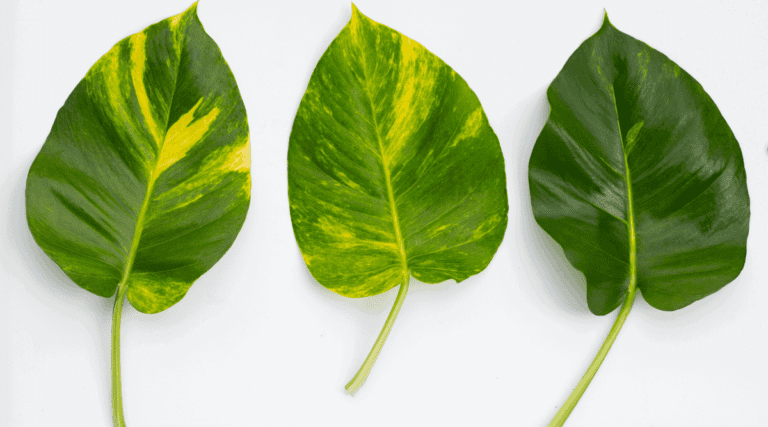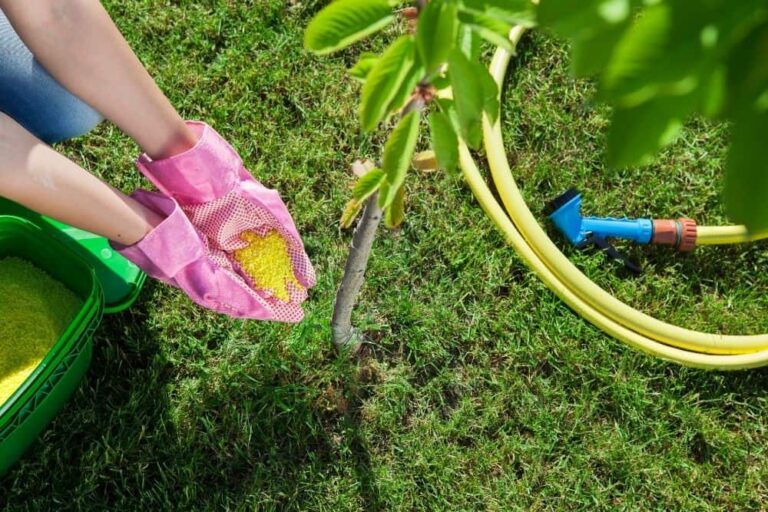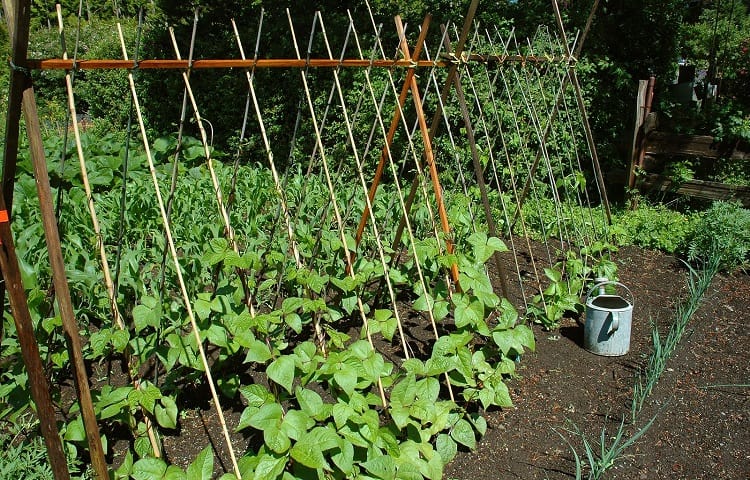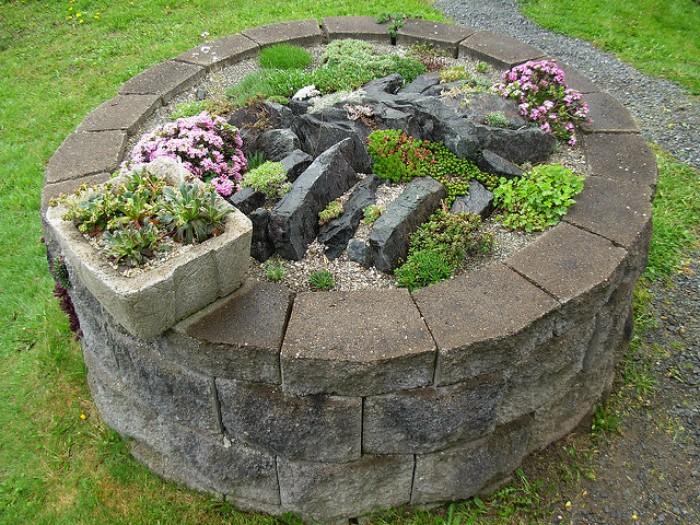How To Grow Cauliflower?
Cauliflower is one of the main vegetables of the cabbage family, scientifically called Brassica Oleracea. This good-looking crop that loves the cold climates is one of my favorite vegetables to grow. I admit that I not only like its taste but I also like the fact that I can grow some crops after most of my veggies are already harvested.
In addition to the benefits already mentioned, cauliflower has many healthy properties. It is good for the immune system, has anti-cancer properties and it alleviates intestinal disturbances and the ulcer.
Cauliflower also comes in a variety of bright colors that are loved by most children. With all these benefits, it’s only logical that every gardener should grow it. If this is the first time you consider seeding it, let’s see how to grow cauliflower.
Cauliflower Varieties
Before learning how to grow cauliflower, you should first decide what type of variety you want to grow. Even if all varieties have more or less the same growing requirements, they have slightly different properties.
Growing a colored or oddly-shaped variety of cauliflower could also be a good idea if you have small children that don’t eat vegetables willingly.
So, here are the varieties you can choose from.

White cauliflower
White cauliflower is probably the most popular type. The color is given by the growing particularity of this variety. In fact, the curd is entirely covered by the plant’s leaves. Without light, the curd doesn’t develop the chlorophyll, which is basically the pigment that gives green vegetables their color.
White cauliflower has several sub-varieties. The most common is probably the Snowball cauliflower, a variety with French origins. This type of cauliflower develops curds of about 6 inches in diameter when mature and prefer the slightly acidic soils and full sun exposure.
Other sub-varieties of white cauliflower include Snow King, Snow Crown and White Corona.
Green cauliflower
At the opposite end compared to the white cauliflowers are the green varieties. The green cauliflower is rich in chlorophyll, owing its bright color to the pigment. It is believed that green cauliflower is actually a cauliflower and broccoli hybrid.
A special type of green cauliflower is the Emeraude green cauliflower which is denser and heavier than the simple type. This variety is particularly rich in fiber and potassium, it has a high content of calcium and it is very low in calories.
A peculiar type of green cauliflower, my absolute favorite, is the Romanesco cauliflower. Its peculiarity lays in the perfect geometric shapes of the curd. This type of cauliflower is not only fabulously good-looking, but it also has a deep nutty flavor.
Purple cauliflower
This variety of cauliflower might have Italian or South African origins. Its color is given by an important antioxidant called anthocyanin, the same antioxidant present in the red wine or in the red cabbage. Purple cauliflower is rich in vitamin C, vitamin A, calcium, and potassium. The most popular purple variety is Graffiti cauliflower.
Orange cauliflower
Also called Cheddar, orange cauliflower has the same color as the famous cheese. It has a taste extremely similar to the white cauliflower but it is richer in vitamin A. As the curd develops an even brighter color when cooked, many gardeners prefer to substitute the white cauliflower with the orange one.
When it comes to growing cauliflower, I strongly recommend growing more varieties at once. All the varieties have more or less the same growing requirements and maturation period, and you will be able to cook rainbow-colored dishes.
Now, let’s see how to grow cauliflower
How To Grow Cauliflower
https://youtu.be/idmyc2s3u28
Terrain And Climate
As mentioned above, cauliflower is a cold-season crop. The plants love cool and moist environments and it actually needs about 2 or 3 months of cool weather to mature properly. Ideally, the daytime temperature should not exceed 60°F, but you should also pay attention not to plant cauliflower is there is a frost risk.
For the temperate climates, cauliflower is considered an early spring or an autumn crop. If you decide to grow cauliflower in spring, you should sow it early enough so you can harvest before the outside temperature reaches 68°F.
If you live in a hot region, early winter might be more appropriate for seeding and growing cauliflower. On the contrary, if you live in a cool region you should seed the cauliflower in trays in your indoor garden or in a pot and transplant the seedlings at the end of spring.
When it comes to the terrain requirements, you should know that cauliflower loves slightly acid terrains, with a pH around 6,5. The terrain acidity not only provides more nutrients to the plant, but it will also prevent the plant from developing a common disease called clubroot.
The soil should be rich in nutrients such as potassium and nitrogen and it should have the ability to maintain the humidity. If you’re not sure about the qualities of your terrain, you can apply a nitrogen and potassium fertilizer.
Seeding And Transplantation
Ideally, you should start your cauliflower production indoors, by seeding the seeds in trays or pots. Alternatively, if you don’t want to plant your own seeds, you can buy the cauliflower seedlings from a nursery.
To seed cauliflower in pots, plant one seed in a small pot and cover it with about half an inch of soil. Water frequently but pay attention to not overwater the soil or the roots might rot.
When the seedlings are about 2-3 inches high, you can transplant them in the garden. Remove the seedling carefully from its container and place it in a previously dug hole in the ground. Cover with soil to the height of the stem and water the seedling.
You should leave about 36 inches of space in all directions between the plants.
Irrigation And Caring

Cauliflower requires a lot of watering, around 1,5 inches of water per week. More important, cauliflower needs constant moist, so make sure that the soil around each cauliflower plant is constantly damp. When testing the soil’s moisture with a rod, you should aim for at least 6 inches of moisture.
If the season is rainy, check the ground’s humidity before watering.
To grow large and healthy cauliflowers, you might also want to fertilize the plants every three weeks with a nitrogen and potassium fertilizer.
If you’re growing white cauliflower, you will also have to blanch the curd as soon as you notice it. This process refers to protecting the curd from light exposure, by covering it with the plant’s leaves. If necessary, you can use some rubber band to keep the leaves on the curd.
Notice that an unblanched curd can become yellow or it might darken because of the light exposure. While your cauliflower will still be edible, it will look less appealing and it will change its texture.
Pests And Diseases
Cauliflower is subject to some diseases and can be attacked by pests common to cabbage and cabbage-family vegetables.
Here are the most common pests and diseases:
- Cabbageworm
- Aphids
- Cabbage root maggots
- Clubroot
- Black rot
- Harlequin bugs
Harvesting And Storage
Cauliflowers are ripe and ready to harvest when the curd is compact and the florets stick together. An indicator could also be the size of the curd, although it is advisable to harvest the cauliflowers before they are completely mature.
If you have a large crop, it would be ideal to start harvesting as soon as the curds are large enough to be cooked but before they reach the mature size. This will allow you to finish harvesting when the other cauliflowers are mature.
The best time to harvest is early in the morning. To harvest, you should simply cut the curds from the stem with a sharp knife, paying attention to leave a few leaves around the curd to protect it.
You should only harvest the cauliflowers you want to consume immediately, but if all the curds reached their maturity, then you might want to store some of them.
Before telling you how to preserve the cauliflower, it should be said that cauliflower doesn’t store well. However, if you really want to, you might be able to store it for short periods of up to two or three weeks.
If you plan to store the cauliflower, harvest the whole plants, roots included, and hang them upside down in a cool room, such as a shed or a basement. Occasionally, spray the curds with water to keep them hydrated and consume your cauliflower as quickly as possible.
Final Thoughts
Now, you know how to grow cauliflower and all you have to do is to decide what variety you want to grow. What do you say? What type of cauliflower would you like to grow? Do you have any questions about the growing process or some tips to share with us? Leave a comment below.
And don’t forget, if you want to cook rainbow colored cauliflower dishes, you could simply grow at least one variety of each color.






